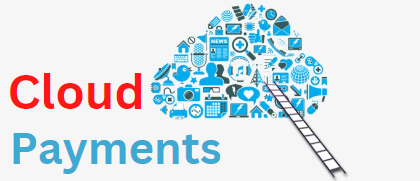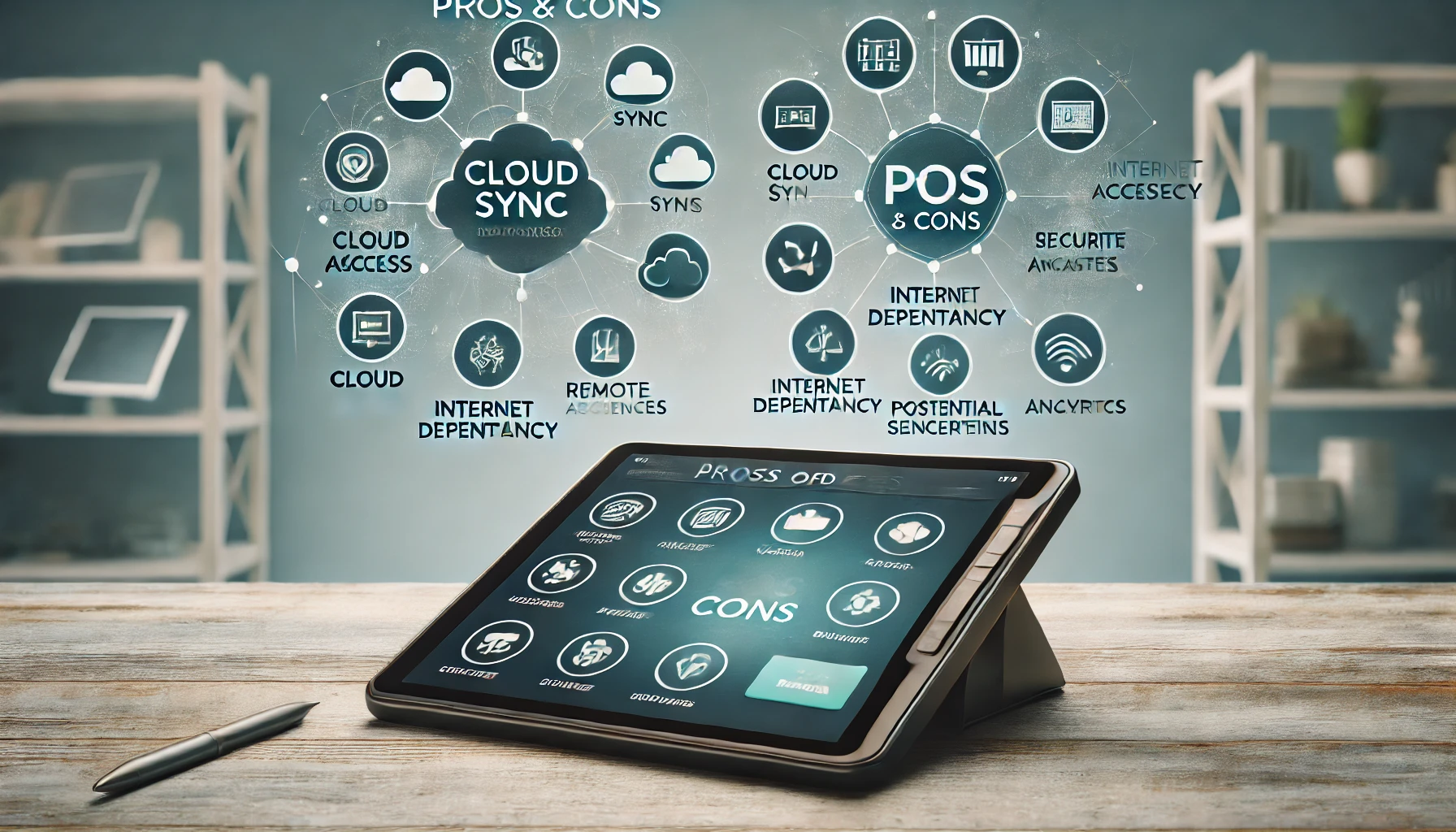Choosing the Best Credit Card Reader for Cloud Payment Solutions
In today’s digital age, businesses are increasingly adopting cloud payment solutions to streamline their operations and enhance customer convenience. Cloud payment solutions allow businesses to accept credit card payments securely and efficiently, eliminating the need for traditional point-of-sale systems. However, to fully leverage the benefits of cloud payment solutions, it is crucial to choose the best credit card reader that seamlessly integrates with these systems.
This article will explore the importance of selecting the right credit card reader for cloud payment solutions and provide valuable insights into the factors to consider, types of readers available, top features to look for, and best practices for integration.
Understanding Cloud Payment Solutions and their Benefits
Cloud payment solutions refer to the use of cloud-based platforms to process and manage credit card transactions. These solutions offer numerous benefits to businesses, including increased flexibility, scalability, and cost-effectiveness.
By leveraging cloud technology, businesses can access real-time transaction data, generate detailed reports, and manage their payment processes from anywhere, at any time. Cloud payment solutions also enhance security by encrypting sensitive customer data and reducing the risk of data breaches. Additionally, these solutions enable businesses to offer a seamless and convenient payment experience to their customers, leading to improved customer satisfaction and loyalty.
Factors to Consider When Choosing a Credit Card Reader for Cloud Payment Integration
When selecting a credit card reader for cloud payment integration, several factors need to be considered to ensure compatibility and optimal performance. Firstly, it is essential to assess the connectivity options offered by the reader. The reader should support both wired and wireless connectivity options, such as Bluetooth and Wi-Fi, to provide flexibility in different business environments.
Secondly, the compatibility of the reader with various operating systems and devices is crucial. It should be compatible with popular platforms like iOS and Android and work seamlessly with smartphones, tablets, and computers. Additionally, the reader should have a user-friendly interface and intuitive design to facilitate easy operation and minimize training requirements for staff.
Another critical factor to consider is the security features offered by the credit card reader. It should comply with the Payment Card Industry Data Security Standard (PCI DSS) to ensure the protection of sensitive customer information.
Encryption capabilities, tokenization, and secure data transmission protocols are essential features to look for in a credit card reader. Furthermore, the reader should have robust fraud detection mechanisms, such as EMV chip technology and biometric authentication, to prevent unauthorized access and fraudulent transactions.
Types of Credit Card Readers Compatible with Cloud Payment Solutions
There are several types of credit card readers available in the market that are compatible with cloud payment solutions. The most common types include traditional magnetic stripe readers, chip and PIN readers, and contactless readers. Magnetic stripe readers are the most basic type and can read the information stored on the magnetic stripe of a credit card. However, they are becoming less popular due to security concerns and the widespread adoption of EMV chip technology.
Chip and PIN readers, also known as EMV readers, are designed to read the encrypted data stored on the chip of a credit card. These readers provide enhanced security by requiring customers to enter a PIN to authorize the transaction. Contactless readers, on the other hand, use near-field communication (NFC) technology to enable customers to make payments by simply tapping their contactless-enabled cards or mobile devices. These readers offer a fast and convenient payment experience, especially for small transactions.
Top Features to Look for in a Credit Card Reader for Cloud Payment Integration
When choosing a credit card reader for cloud payment integration, certain features are essential to ensure a seamless and efficient payment process. Firstly, the reader should have fast transaction processing capabilities to minimize waiting times for customers. It should be able to process transactions within seconds, regardless of the payment method used.
Secondly, the reader should have a reliable and stable connection to prevent disruptions in the payment process. It should have strong signal strength and the ability to reconnect automatically in case of connection loss.
Another crucial feature to consider is the reader’s compatibility with various payment methods. It should support not only credit and debit cards but also alternative payment methods like mobile wallets and QR code payments.
This versatility allows businesses to cater to a wider range of customers and adapt to changing payment trends. Additionally, the reader should have a built-in receipt printer or the ability to send digital receipts via email or SMS. This feature enhances customer convenience and reduces paper waste.
Comparing Different Credit Card Reader Brands for Cloud Payment Solutions
When comparing different credit card reader brands for cloud payment solutions, it is essential to consider factors such as reliability, reputation, and customer support. Some of the leading brands in the market include Square, PayPal Here, Shopify, and SumUp. Square is known for its user-friendly interface, extensive features, and compatibility with various devices and operating systems.
PayPal Here offers seamless integration with PayPal’s online payment platform and provides advanced security features. Shopify provides a comprehensive payment solution for online and offline businesses, with features like inventory management and customer analytics. SumUp offers a cost-effective and straightforward solution for small businesses, with no monthly fees and competitive transaction rates.
To determine the best credit card reader brand for a specific business, it is crucial to assess the unique requirements and priorities of the business. Factors such as transaction volume, business size, industry, and budget should be taken into consideration. Reading customer reviews and seeking recommendations from other businesses in the same industry can also provide valuable insights into the performance and reliability of different credit card reader brands.
Best Practices for Integrating a Credit Card Reader with Cloud Payment Solutions
Integrating a credit card reader with cloud payment solutions requires careful planning and execution to ensure a smooth and successful implementation. Firstly, it is essential to choose a credit card reader that is compatible with the chosen cloud payment solution. The reader should have the necessary software and hardware requirements to integrate seamlessly with the cloud platform. It is advisable to consult with the cloud payment solution provider or the credit card reader manufacturer to ensure compatibility and obtain any necessary integration guidelines or APIs.
Before integrating the credit card reader, it is crucial to test its functionality and performance in a controlled environment. This testing phase allows businesses to identify and resolve any potential issues or compatibility issues before going live. It is also essential to train staff on how to operate the credit card reader and understand the features and functionalities it offers. This training ensures that employees can assist customers effectively and troubleshoot any issues that may arise during the payment process.
During the integration process, businesses should also consider data migration and backup strategies. It is crucial to ensure that all existing customer data, transaction history, and other relevant information are securely transferred to the cloud payment solution. Regular backups should be performed to prevent data loss and ensure business continuity in case of system failures or disasters.
Common FAQs about Choosing and Integrating Credit Card Readers with Cloud Payment Solutions
Q.1: Can I use any credit card reader with cloud payment solutions?
Answer: No, not all credit card readers are compatible with cloud payment solutions. It is essential to choose a reader that is specifically designed for cloud integration and supports the necessary connectivity options and security features.
Q.2: What are the advantages of using a credit card reader with cloud payment solutions?
Answer: Using a credit card reader with cloud payment solutions offers numerous advantages, including increased flexibility, scalability, cost-effectiveness, enhanced security, and improved customer convenience.
Q.3: How do I choose the right credit card reader for my business?
Answer: When choosing a credit card reader, consider factors such as connectivity options, compatibility with operating systems and devices, security features, transaction processing speed, and support for various payment methods. Assessing the unique requirements and priorities of your business is crucial in making the right choice.
Q.4: How can I ensure a smooth integration of the credit card reader with my cloud payment solution?
Answer: To ensure a smooth integration, choose a credit card reader that is compatible with your chosen cloud payment solution. Test the reader’s functionality and performance before going live, train staff on its operation, and have a data migration and backup strategy in place.
Conclusion
Choosing the best credit card reader for cloud payment solutions is crucial for businesses looking to streamline their payment processes and enhance customer convenience. By considering factors such as connectivity options, compatibility, security features, and payment method support, businesses can select a reader that seamlessly integrates with their chosen cloud payment solution.
Comparing different credit card reader brands and following best practices for integration ensures a smooth implementation and optimal performance. With the right credit card reader in place, businesses can leverage the benefits of cloud payment solutions and provide a seamless and secure payment experience to their customers.











